Day 4 – Gorilla Trekking in Bwindi
Gorilla trekking in Bwindi Impenetrable Forest: breathless climbs, nervous laughter, and moments I’ll never forget
Table of Contents
I barely slept the night before. Today was the day we’d trek into the rainforest to meet mountain gorillas—creatures so rare and powerful they barely seem real until you’re close enough to hear them breathe.
We left Rushaga Gorilla Camp early, the mist still hugging the mountains around us. The journey up to Bwindi Impenetrable Forest National Park took us along winding “massage roads” (as locals call the bumpiest ones), passing banana trees and sleepy villages. By the time we reached the base camp, safari trucks had already begun to gather, full of nervous energy and wide-eyed anticipation.
We were welcomed by a ranger named Peace (an omen, perhaps?), who gave a briefing about the park and its remarkable inhabitants. Bwindi spans over 3,021 square kilometres, a UNESCO World Heritage Site home to 17 habituated gorilla families—and nearly half the world’s remaining mountain gorilla population.
Preparation and the First Climb
We were grouped into teams of eight. Ours was assigned to the Mucunguzi family—named after the dominant silverback. In the local language, Mucunguzi means “Saviour.” That felt symbolic.
Before the trek, we were each given a walking stick and the option to hire a porter for $20. If you ever do this, hire a porter. Not only do they help carry your backpack and water (you’ll need a lot), they’ll take your hand and guide you through the steepest, slipperiest parts of the trail. It’s also one of the best ways to support the local community—many porters use their earnings to send their children to school or put food on the table.
We took a shortcut up the side of the mountainside when our truck couldn’t make it all the way. We had to climb to the start where we would meet the rest of our trekking team. The air grew thinner as we climbed. I was breathless almost immediately. Not from nerves—just from the altitude. It felt like running uphill with a backpack full of bricks. But the forest was calling, and we pressed on.
Into the Impenetrable Forest
We reached the edge of Bwindi’s dense rainforest, marked by a silent line of towering pine trees. Two rangers with machetes led the way, slicing through undergrowth as we entered what felt like another world entirely.
The terrain was steep and slippery, the paths often no more than a suggestion. We clambered over roots and rocks, sometimes sliding on our hands and knees. Biting ants swarmed shoes and socks if you stood still too long. (Pro tip: tuck your trousers into your socks, wear long sleeves, and gloves. You’ll thank me later.)
And then—suddenly—we stopped.
Our guide whispered. Our porters stayed behind with the bags. We were motioned forward, silent, barely breathing.
There, just metres in front of us, was a gorilla.
Face to Face with Mucunguzi
The toddler was perched in the branches, stripping bark from sticks, eating breakfast with complete nonchalance. Sunlight dappled his fur. Then he shifted—and I caught my breath. In between the trees I saw another gorilla.
It was Mucunguzi, the silverback, the “saviour” himself.

He climbed up towards me. Slowly. Powerfully. And walked right between me and another woman in our group—passing so close that we could have reached out and touched him (but of course, we didn’t). He plopped himself down just 60 centimetres from me and sat, his massive shoulders rising and falling in the sun.
My heart was thudding. Not from fear, but awe.
Behind him, two young gorillas tumbled through the foliage, wrestling and playing like toddlers at soft play. A female came to lie beside him, half-hidden in the leaves. We watched quietly, camera shutters clicking softly.
Then came the moment I’ll never forget.
A mother and her tiny baby, just a month old, emerged and settled in front of us. She ate calmly, occasionally adjusting her grip on the infant clinging to her chest. And as we stood frozen, drinking in every second, another mother wandered past—with her baby riding high on her back.
They came right past me, so close I could see the sunlight glint in their eyes.
The silverback stretched out for a post-breakfast nap while the rest of the family rustled, munched, groomed, and farted their way through the clearing. We were just… there. Part of it, for one golden hour.
The Walk Back
When our guide finally signalled that our hour was up, it was hard to tear myself away. But the gorillas had their day to continue, and so did we.
On the hike back, we talked about what we’d seen—each of us trying to find the words to match the moment. But there really aren’t any. You don’t just see mountain gorillas. You feel them. You witness them.
Their eyes look into yours. Their presence humbles you. They remind you that the wild is still very much alive, and worth fighting for.
🌍 Travel Tip of the Day: Gorilla Trekking in Bwindi
- Permits are required – book in advance. Numbers are strictly limited to protect the gorillas.
- Porters are lifesavers – and support the local economy.
- Wear proper hiking boots, long sleeves, and gloves. And tuck everything in. Trust me.
- Take a mask to protect both you and the gorillas from passing on diseases.
- The trek is demanding – but completely worth it.
💛 Personal Reflection
There are few things in life that make you feel completely small and entirely present.
Standing in front of a mountain gorilla is one of them.
They don’t belong to us. But we belong to the same world. And for a brief, unforgettable moment, that world felt unified, still, and sacred.

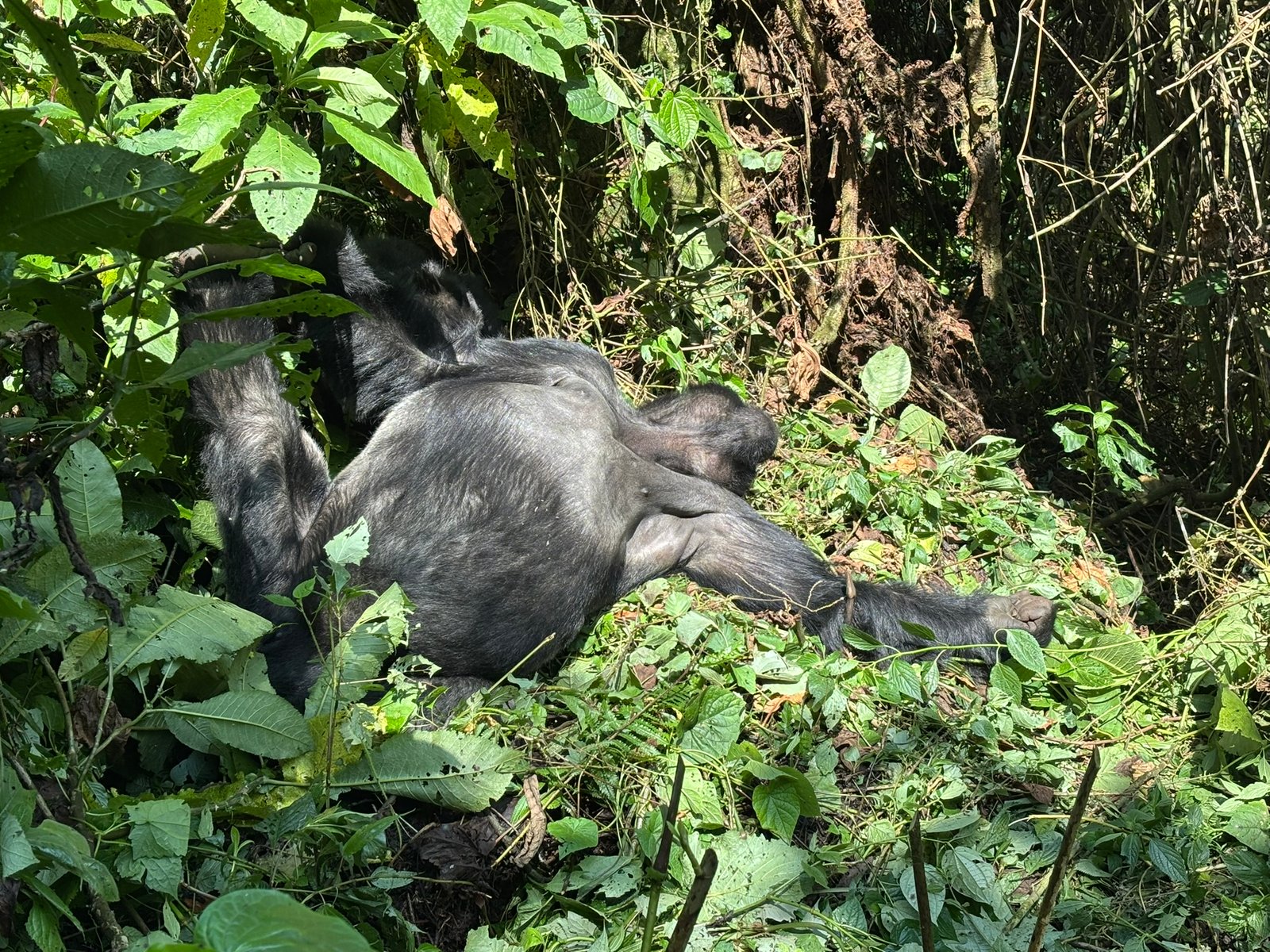

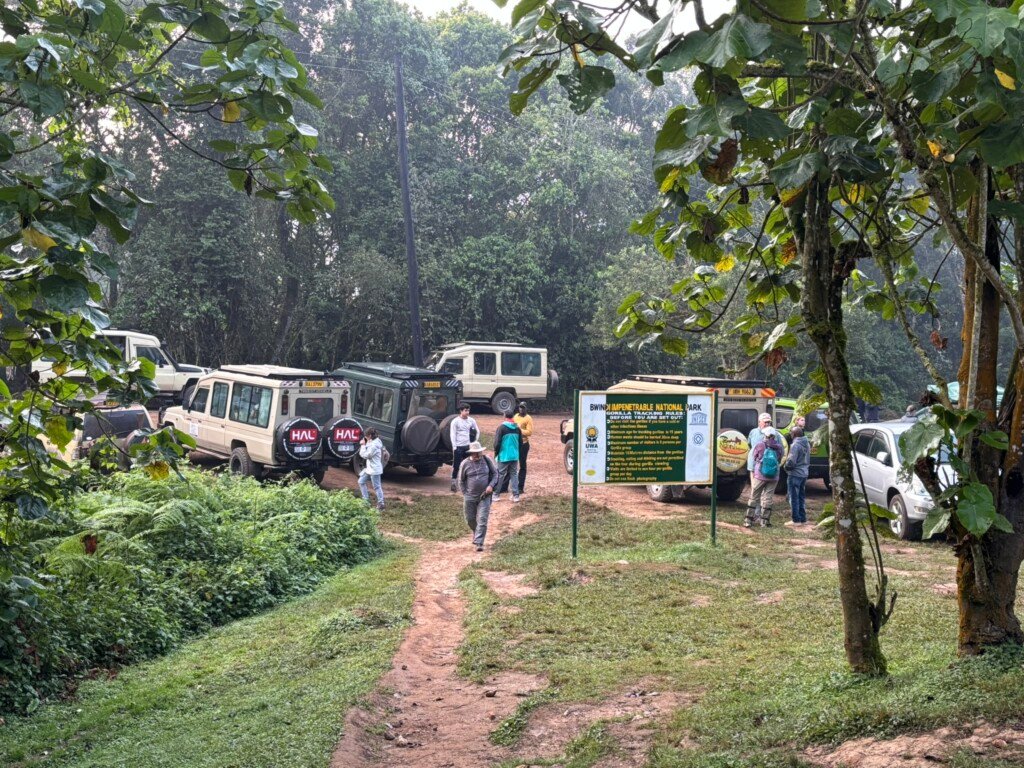
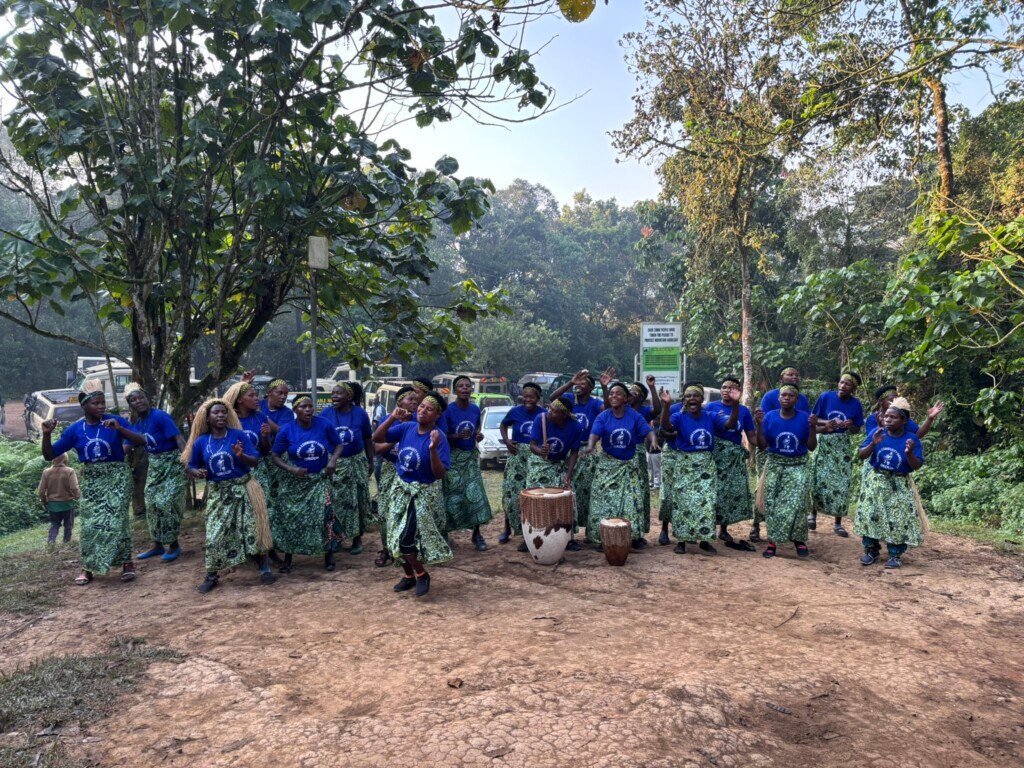
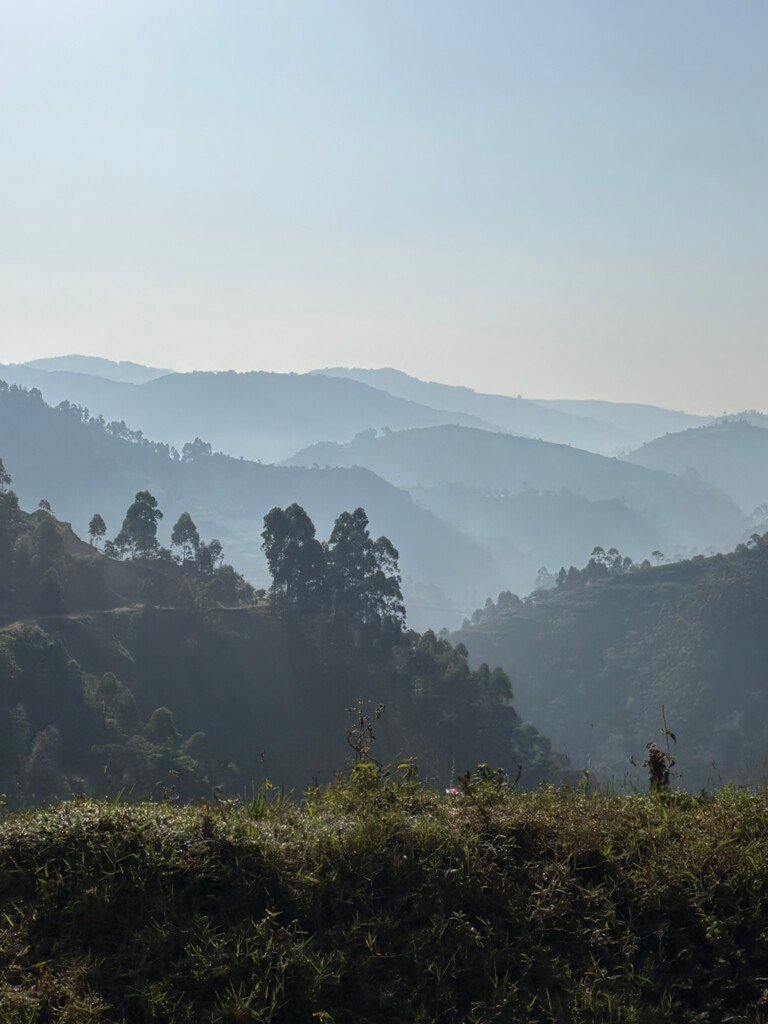
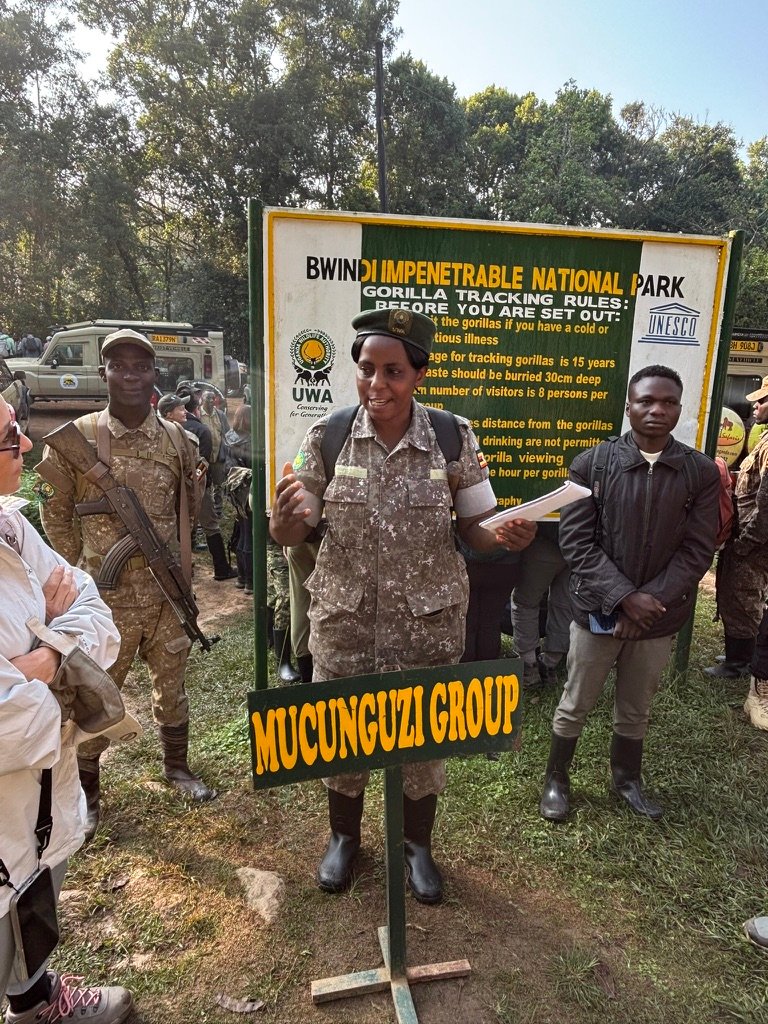
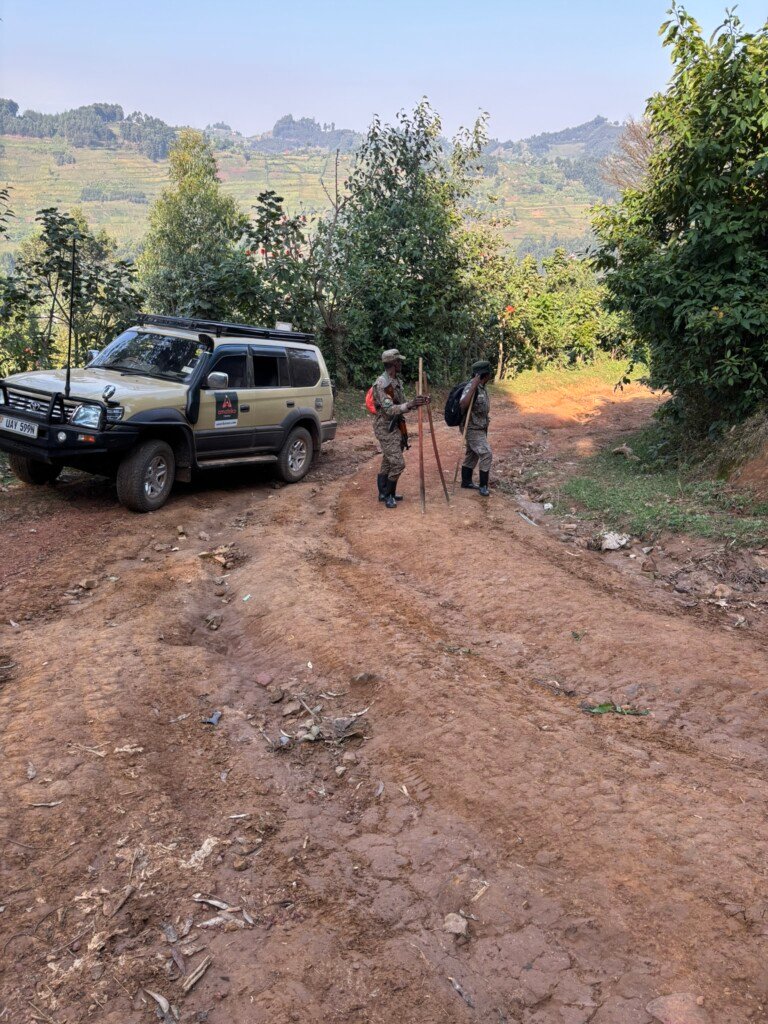

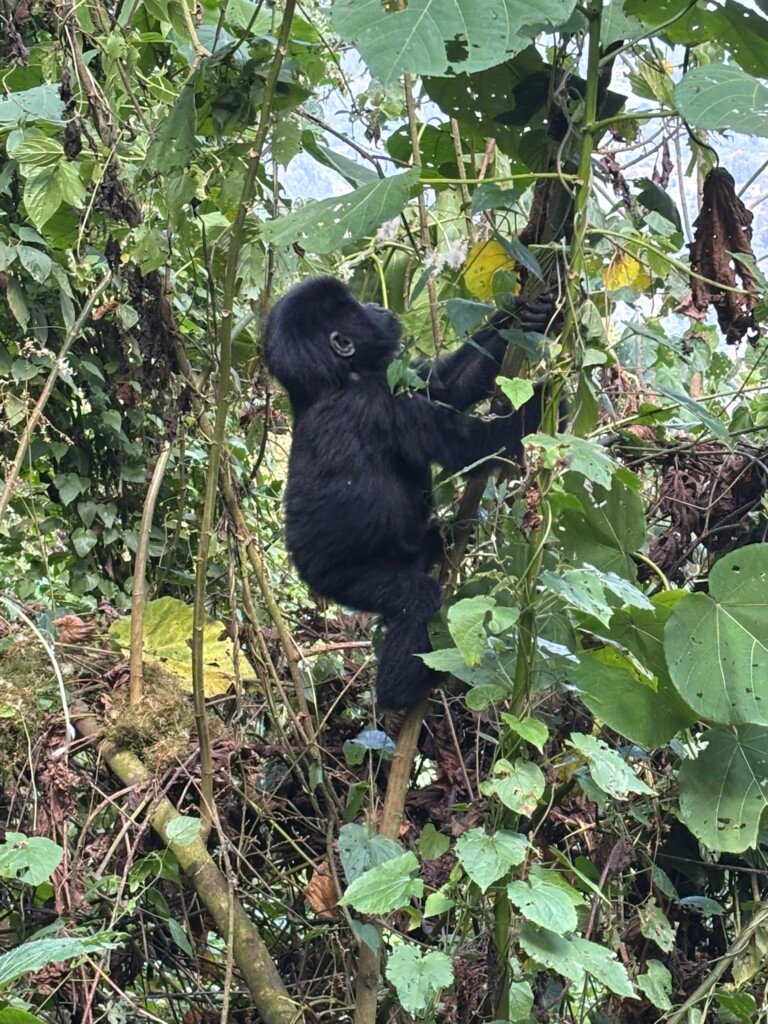


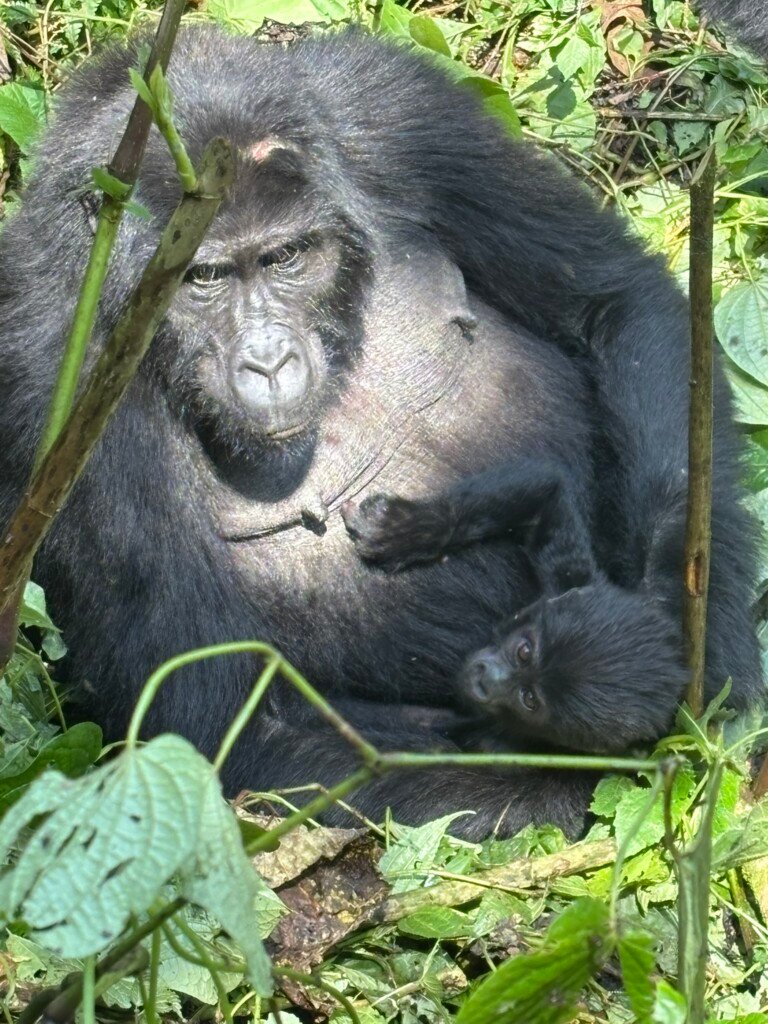

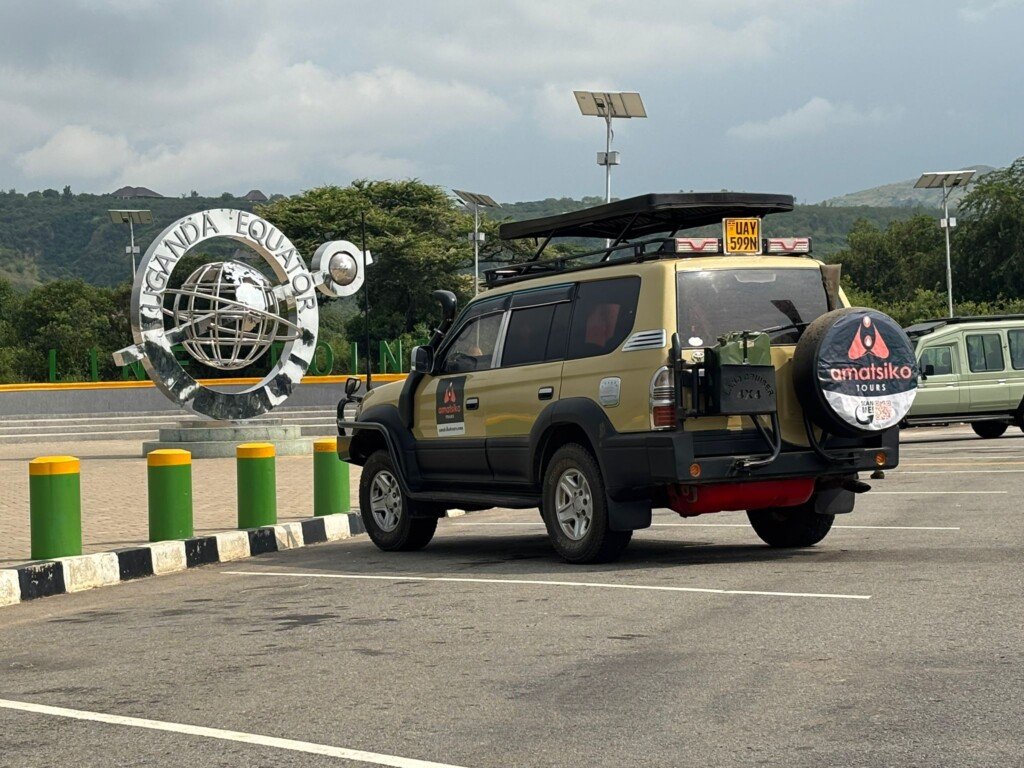


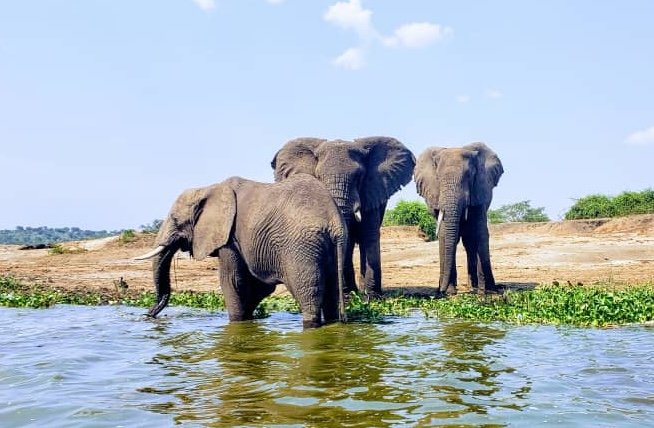
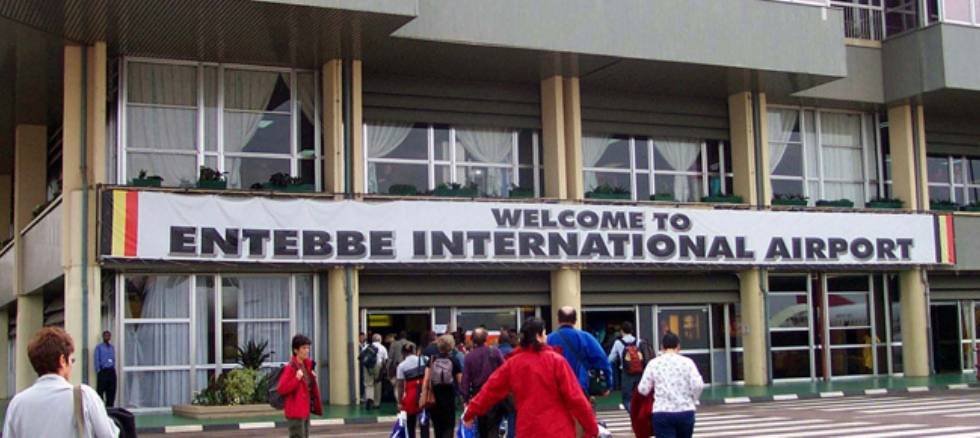
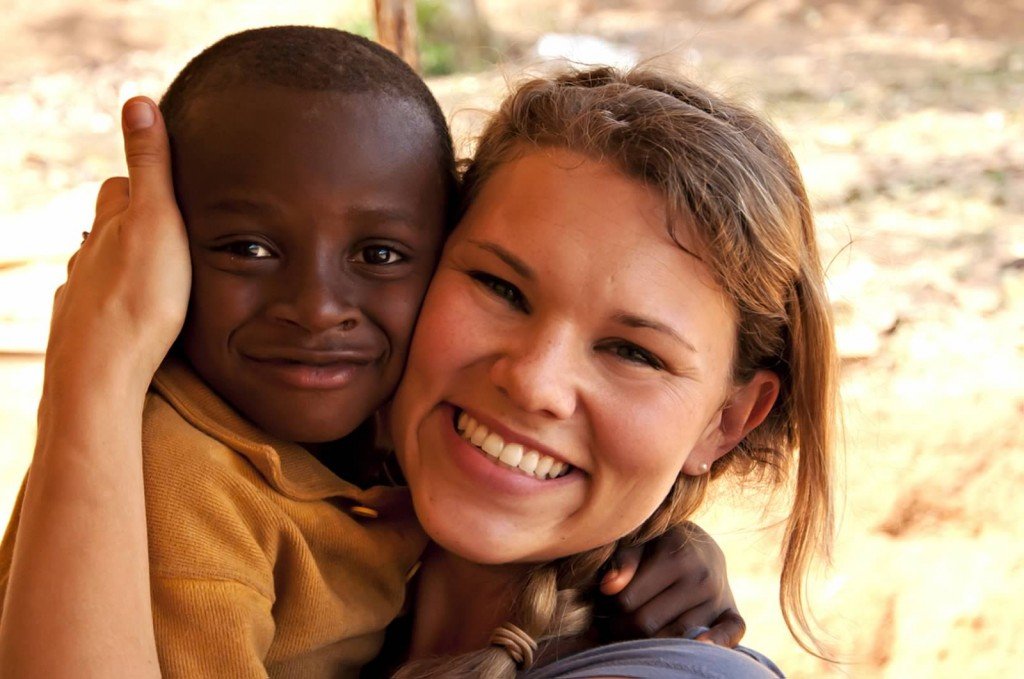

2 Comments